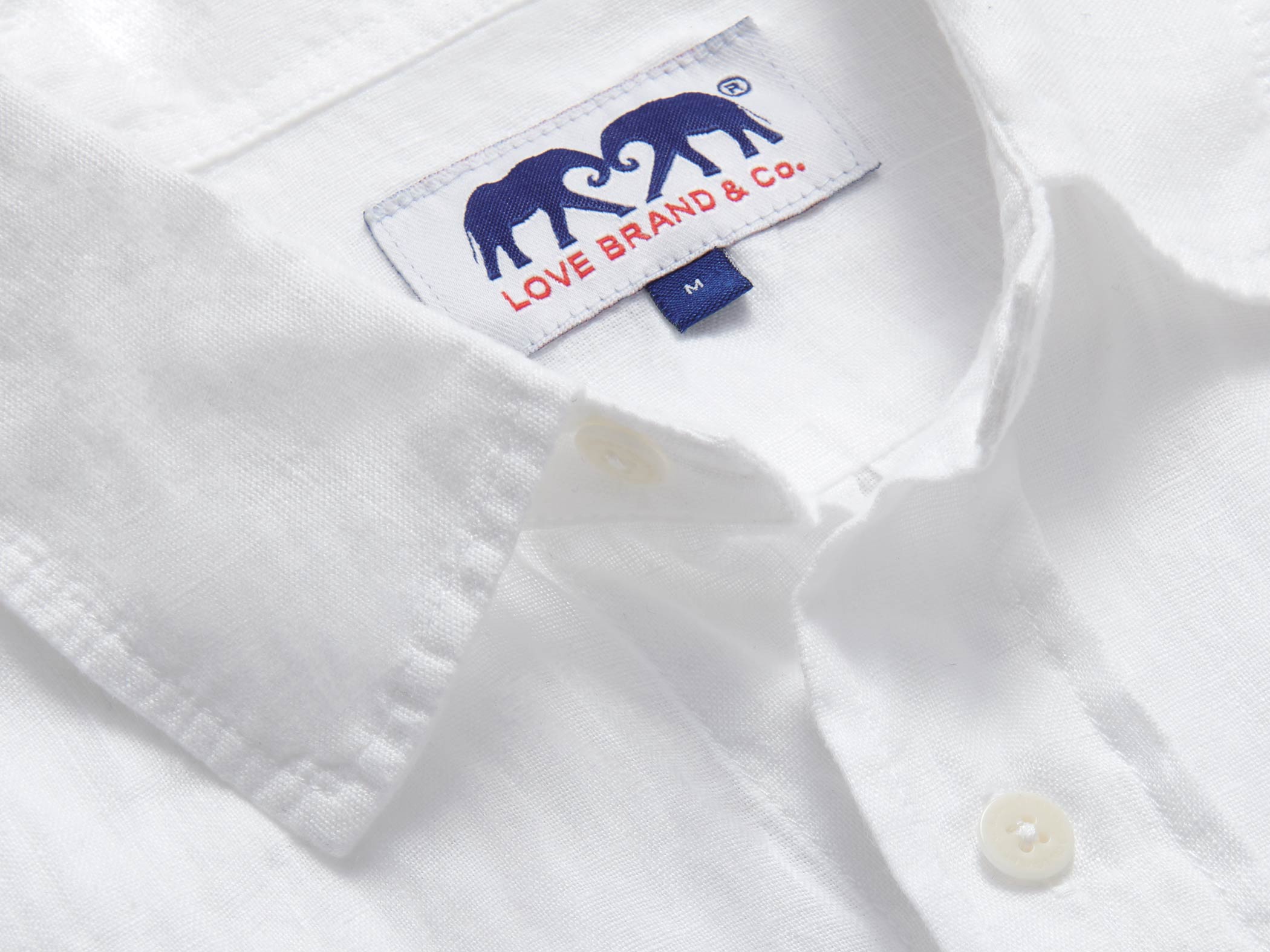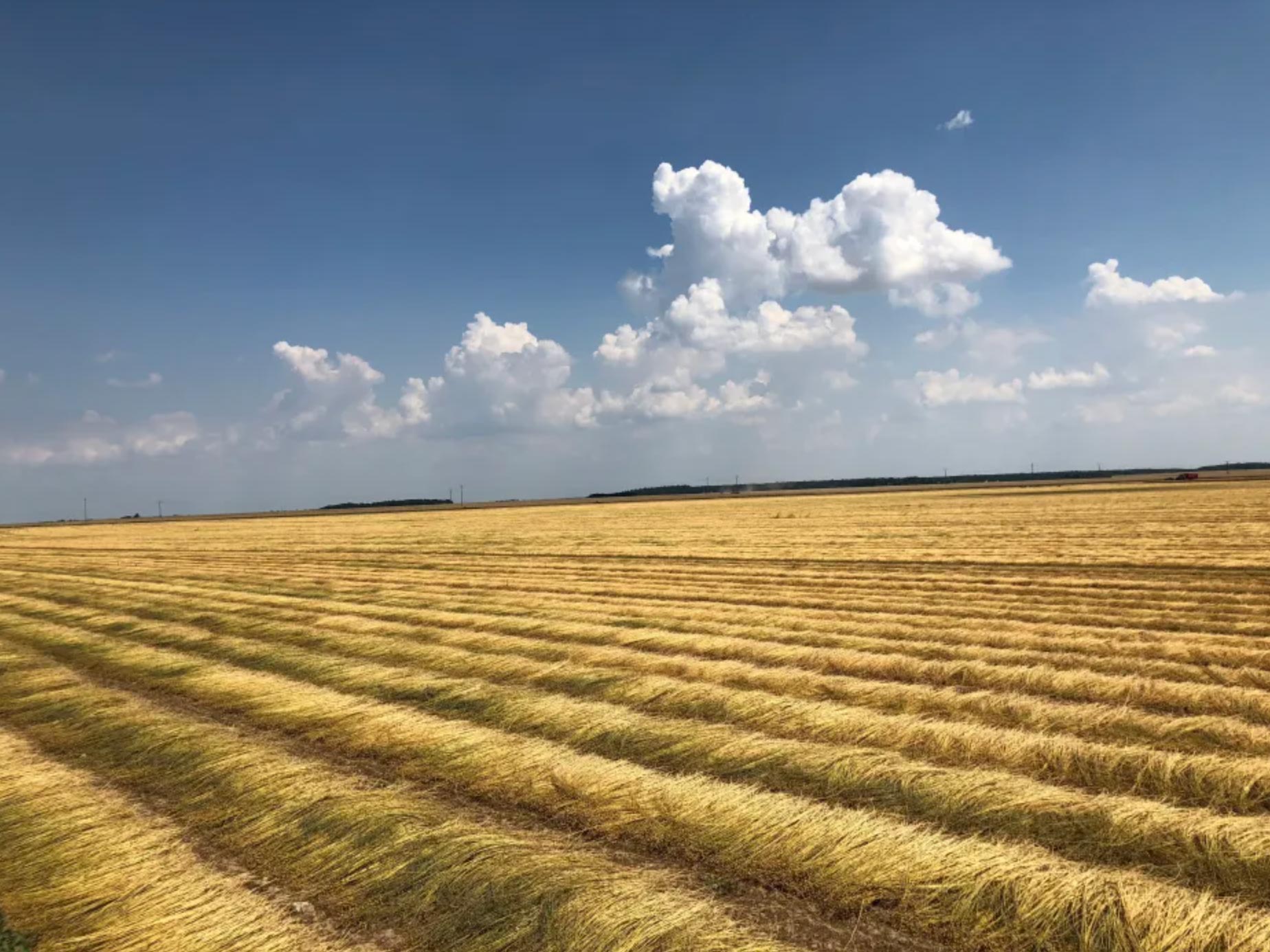How Linen Could Help Save the Planet
Embrace the perfect blend of comfort and sustainability with the fabric that's made for summer.
Embrace the perfect blend of comfort and sustainability with the fabric that's made for summer.
Looking to beat the summer heat in style? Forget about baring it all - linen is your secret weapon for staying cool and chic all season long. In fact, it's so effective at keeping us cool that a group of archaeologists discovered flax seeds being used to make linen over 34,000 years ago in the country of Georgia.
We’ve entered the linen renaissance. It’s becoming increasingly sought after and for good reason, particularly amongst the conscious consumer. Forget landfill, as a natural fibre, it’s completely biodegradable.
The recent resurgence of old money style has boosted the popularity of linen further, thanks to the likes of Saltburn and Netflix big-hitters including Ripley and One Day. That’s not to mention that, at the time of writing, the search term ‘old money aesthetic’ has garnered over 180.1 million posts on TikTok. There is a growing demand for old money linen style, and it shows no signs of fading away...

Linen is made from the flax plant, yes, that very same flax you might sprinkle on your salad. A great benefit of growing flax is that it requires much less pesticide compared to cotton. This means fewer chemicals are needed to stimulate its growth, resulting in less pollution in the soil and less harm to animals and insects in the fields. It's a win-win for the environment!
But that’s not all, growing flax doesn't require a lot of irrigation, fertilisers, or herbicides, so it doesn't damage the groundwater. Plus, the natural fibres of the plant act as a built-in insect repellant, making it the perfect choice for a relaxing summer night.

For years, linen, cotton, and silk have been fiercely competing for the top spot among fabrics. While silk retains heat and cotton tends to cling to the body, causing potential sweaty discomfort, linen stands out for its breathability and moisture-wicking properties. This is just one of the many reasons our mens linen shirts are bestsellers.
The high moisture absorptivity of linen protects against sweat without holding bacteria and the relative stiffness of the fabric creates space between the body and the clothing for cooling ventilation.

As a brand founded on environmental consciousness, it is integral for us that our community is offered the best options when shopping. In a time when people are becoming increasingly aware of the impact of their purchases and the amount that ends up in landfills, it is our responsibility to ensure that their pieces withstand the test of time. The strong fibres of the flax plant ensure that all of our boys and mens linen clothing is strong and durable.
At Love Brand, all of our 100% premium linen is made from certified and traceable European flax grown in Europe. It’s a natural and sustainable fibre, GMO-free and cultivated without artificial irrigation. From our mens linen shirts to our boys linen shorts rest assured knowing they’re all made from the finest sustainable ingredients designed to stand the test of time.
Linen's ability to withstand high temperatures also makes it the perfect fabric for venturing into the depths of the jungle or relaxing on a tropical island...

From flax to linen, the production process has remained relatively unchanged for centuries. Flax is an annual plant that only lives for one growing season and the seed usually needs around 100 days to be ready for harvesting.
Our flax farmers in France have mastered their methods to deliver the highest quality linen for our mens resort wear. They pull the plants from the ground instead of cutting them which helps to maintain the full length of their fibres, all to ensure the finest quality. The terroir in France is perfect for growing and our flax plants flourish in the cool and damp conditions without the use of pesticides. The production process behind our linen is much less water-intensive, achieving a much lower water footprint.
Retting is the next key step in the process. This is where flax fibres are separated from other parts of the outer and inner core by being soaked. Once separated the fibres are left to dry ready to be spun and woven into our mens linen clothing. It’s a lengthy process but our 100% organic linen is worth the wait.
Image credits: linen fabric - Libeco, french farm - The Simply Luxurious Life.
Your cart is empty
We use cookies and other technologies to personalize your experience, perform marketing, and collect analytics. Learn more in our Privacy Policy.